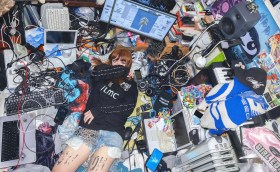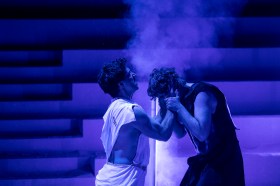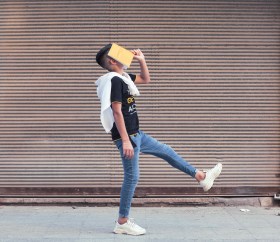Image via Shutterstock.
A well-written opinion article is a powerful piece of prose; it can challenge our views and bring context to a subject in a way we’ve never considered. But for the uninitiated, how does one go about writing a measured piece of social commentary?
ArtsHub spoke with Gabrielle Jackson, opinion editor at Guardian Australia, and Fairfax journalist and freelance writer Alana Schetzer to uncover their tips on writing a solid piece of commentary.






